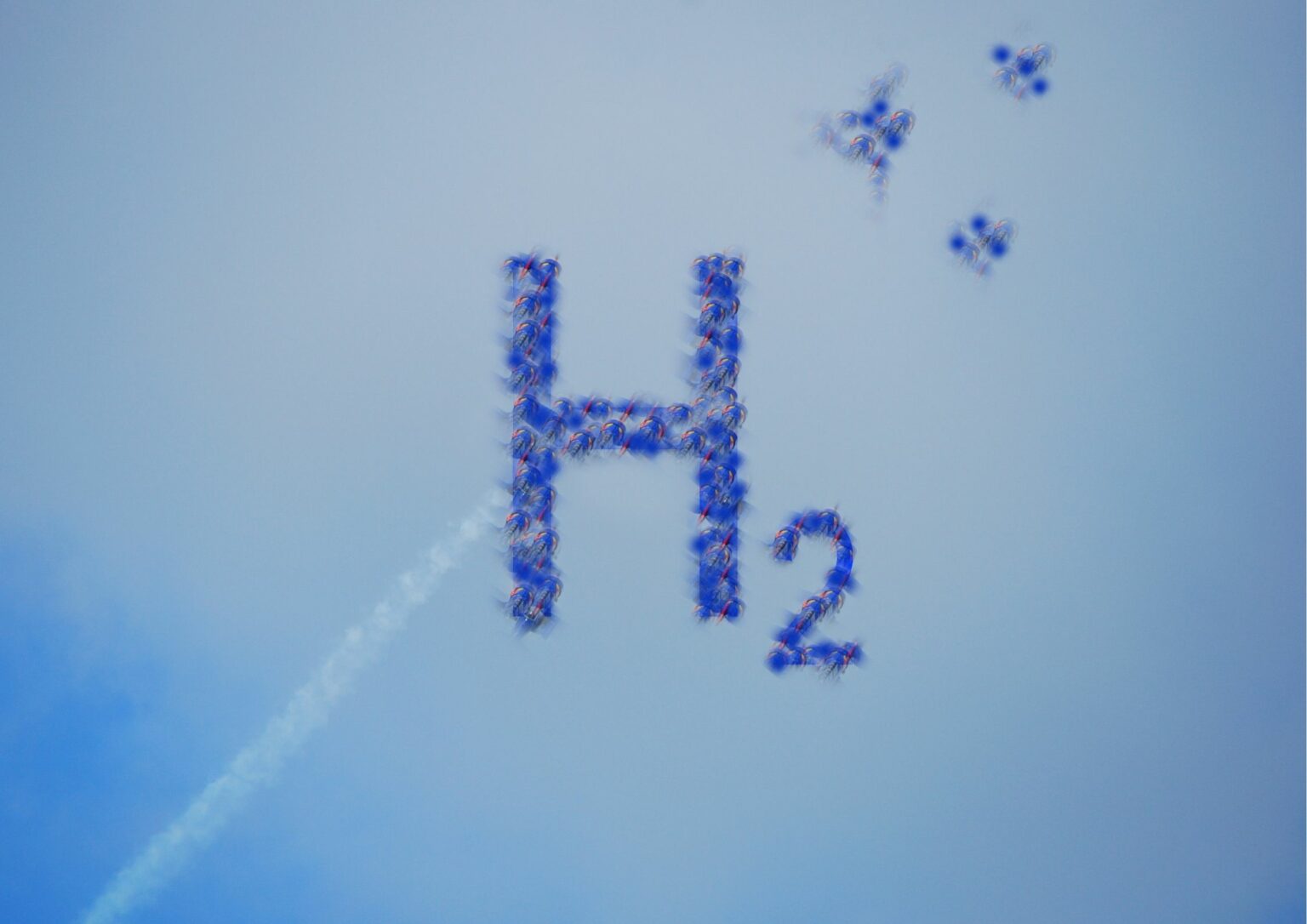The clean hydrogen sector in the United States is poised for a transformative year, as stakeholders receive long-awaited clarity on the implementation plan for production tax credits under the Inflation Reduction Act (IRA).
The draft guidance, published by the US Treasury Department in late 2023, is currently undergoing a 60-day public comment period, setting the stage for a crucial phase in the industry’s evolution.
For developers and technology providers in the clean hydrogen space, the draft guidance is a double-edged sword. While some express disappointment, viewing the rules as overly stringent and potentially hindering project initiation, others commend the pragmatic approach, emphasizing the effectiveness of preventing IRA-backed hydrogen production from inadvertently causing more emissions than it aims to reduce.
The Inflation Reduction Act (IRA) is a cornerstone in the US government’s strategy to incentivize the development and deployment of clean hydrogen projects. The production tax credits outlined in the IRA are seen as a financial catalyst, offering the industry a substantial boost. However, the devil lies in the details, and the recently published guidelines are shaping the trajectory of clean hydrogen ventures across the country.
The primary goal of the IRA-backed tax credits is to stimulate the production of clean hydrogen, a crucial component in the nation’s transition towards a low-carbon future. Clean hydrogen, produced using renewable energy sources, holds the promise of decarbonizing various sectors, including transportation, industry, and power generation.
The guidelines aim to strike a delicate balance—encouraging the growth of the clean hydrogen industry while ensuring environmental sustainability. The implementation plan seeks to prevent potential pitfalls, ensuring that projects supported by the IRA do not inadvertently contribute to increased emissions. This strategic approach is critical for maintaining the credibility of clean hydrogen as a green alternative.
Clean hydrogen production involves advanced technologies such as electrolysis, where water is split into hydrogen and oxygen using renewable electricity. The industry also explores other methods, including steam methane reforming with carbon capture and storage (SMR+CCS). The tax credit guidelines are expected to influence technology choices, steering investments towards methods that align with environmental goals.
The 60-day public comment period is a critical juncture where industry stakeholders, environmental advocates, and the public can provide input on the draft guidance. This inclusive approach underscores the importance of collaborative decision-making in shaping the future of clean hydrogen in the US.
As the industry navigates this pivotal year, the clarity provided by the IRA guidelines sets the stage for strategic investments, technological advancements, and a more robust clean hydrogen ecosystem. The coming months will witness how stakeholders adapt to the evolving landscape, with a keen eye on achieving the delicate balance between growth and sustainability.





